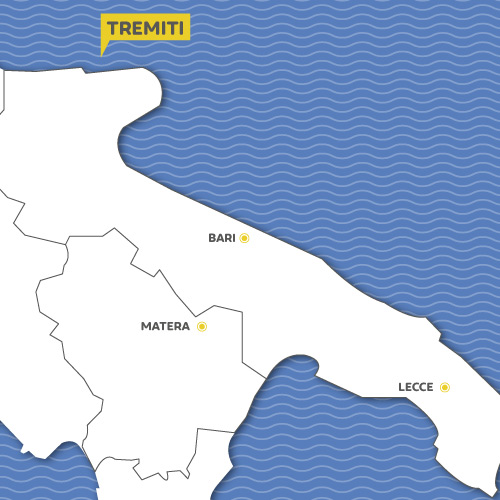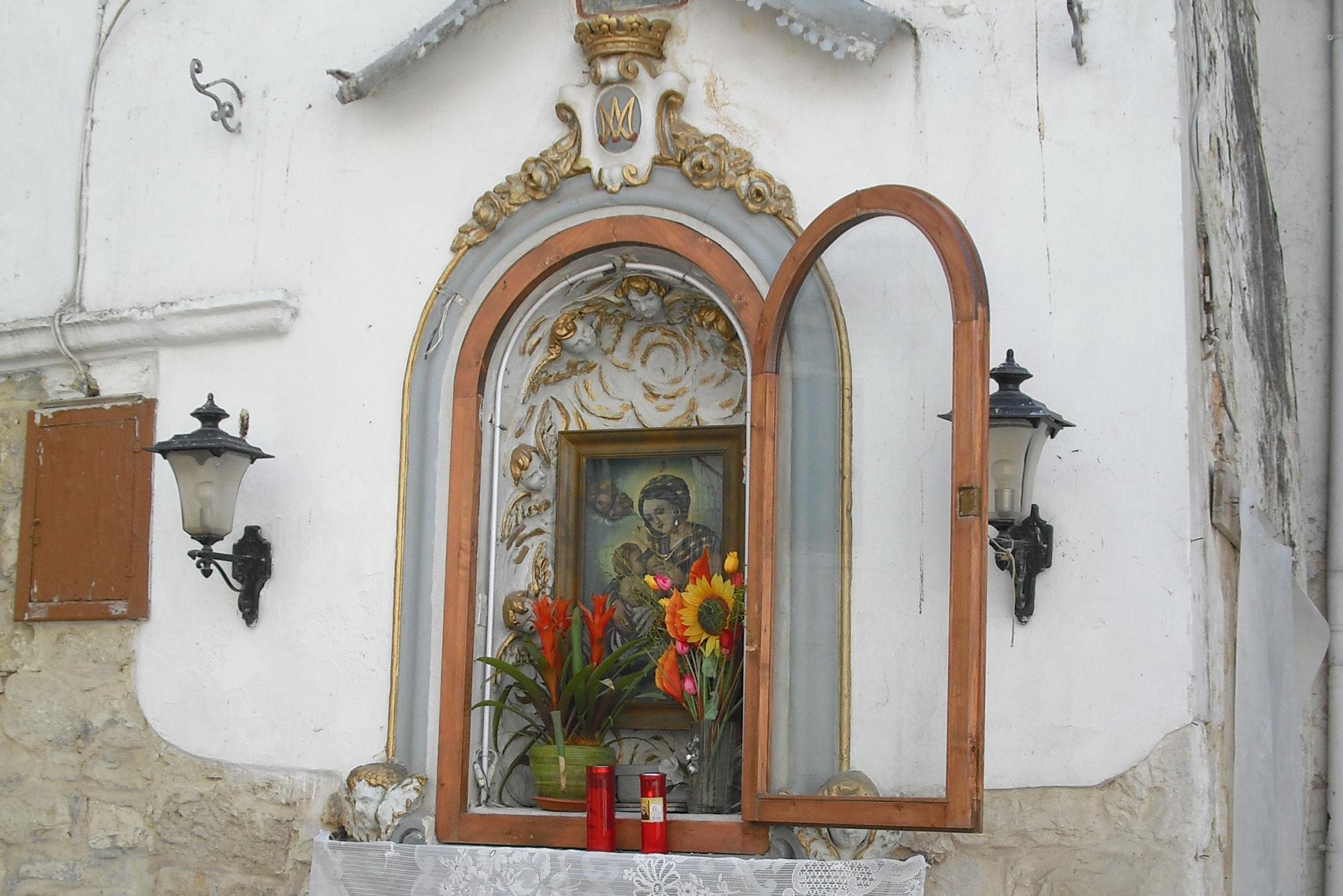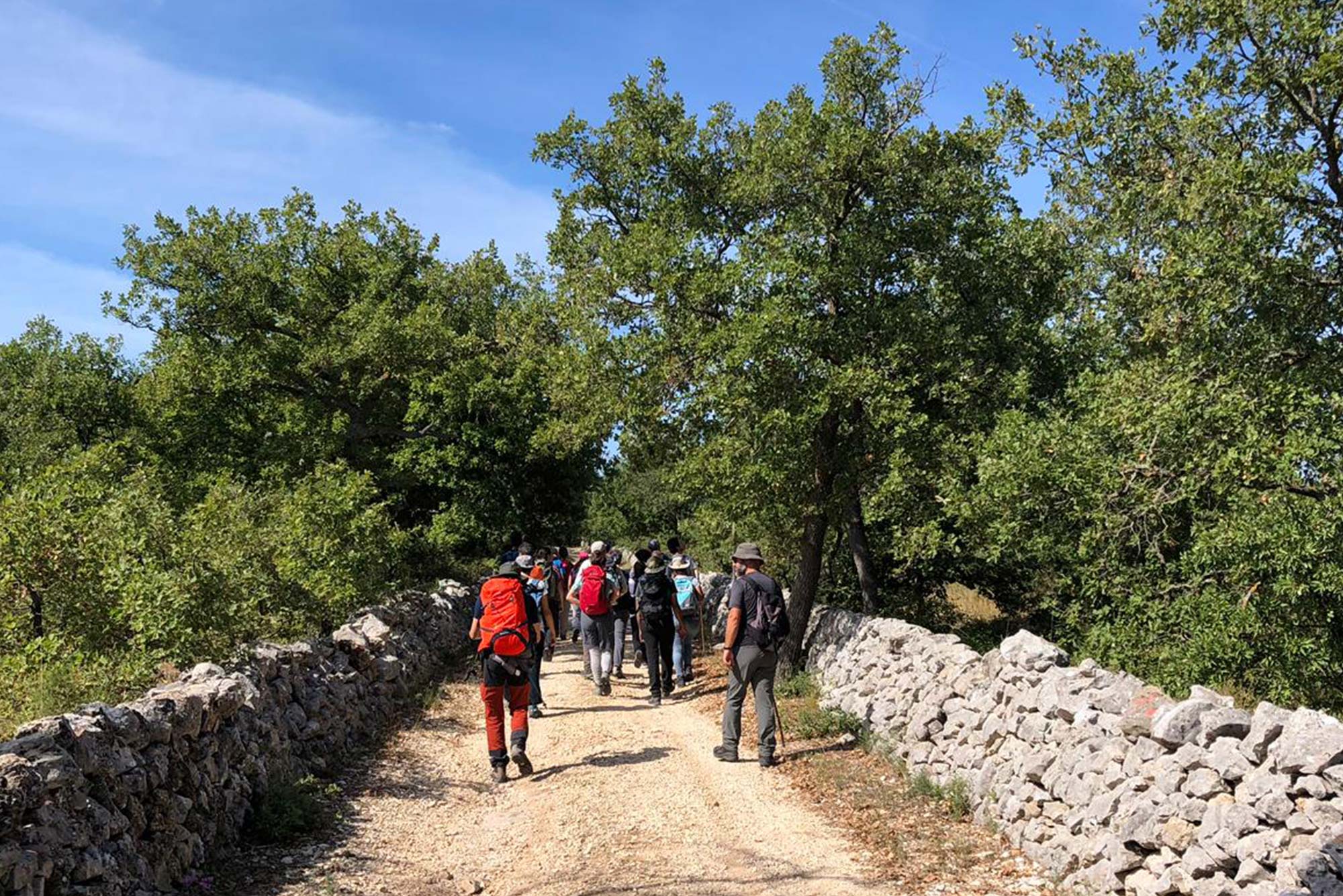Isole Tremiti

The enchanting archipelago of the Tremiti Islands is considered a true paradise, thanks to its sea beds, caves, and unspoiled landscapes.
The Tremiti Islands are in the Adriatic Sea, twelve nautical miles off the Gargano's northern coast. A Marine Nature Reserve since 1989, the region’s only archipelago is made up of San Domino, the most populated and tourist of the islands; the small isle of San Nicola; the uninhabited Capraia; the islets of Cretaccio and La Vecchia; and, further out, the island of Pianosa.
The island of San Nicola is the historical heart of the Tremiti Islands. It's dominated by the fortified towers of San Nicola and the Abbey of Santa Maria a Mare, with its mosaic floor and imposing walls. From the abbey’s elegant cloister, a panoramic trail circles the island leading to several Greek tombs.
San Domino's lighthouse is the symbol of the archipelago’s largest island, which is covered by forests of Aleppo pines. Along the coast, rocks crumble inside sea caves accessible only by boat. Must-sees include the Grotta del Bue Marino and Punta di Ponente, where you can see the remains of a Roman ship.
Capraia is just a short distance from San Domino. Uninhabited and wild, it is a paradise for scuba divers, who can enjoy breathtaking dives at Punta Secca and Cala dei Turchi.
What to see:
Santa Maria a Mare Abbey
Torre dei Cavalieri del Crocifisso
Submerged Statue of Padre Pio

Votive shrines in Puglia
Since ancient times, man has wanted to establish a link with the land that he considers “his” by interpreting unusual events as supernatural signs: the will of God consecrating the bond. And so they arose, crossroads and places in which there were miraculous events or events which were difficult to reconcile with a rational explanation. They began to be considered sacred and distinguished from the modest chapels in which statues were placed. The coming of Christianity saw an introduction of new objects of devotion being placed inside these shrines, like statues of saints, of Mary, mother of Jesus, and of Christ. In line with their origins, the name “edicole” (shrines) derives from the Latin word “aedicula’, which means a small temple, tabernacle, a small sanctuary and, most probably, the shrines already existed in ancient Egypt and Greece. They were repudiated by the first Christians and slowly came back into accepted practice during the Medieval Age.

The Misthery of the devil's Jazzo
Going on vacation in Puglia often means staying in fortified farmhouses adapted for tourism, called masserias. They are found throughout the region, each one with characteristics tied to the unique nature of the specific area in which it is located. They are certainly some of the most prevalent rural buildings in this part of Italy, but they are not the only ones. Entering the region called Murgia, and within the sub-region of Gargano, you can find, together with the masserias, little houses called jazzes.